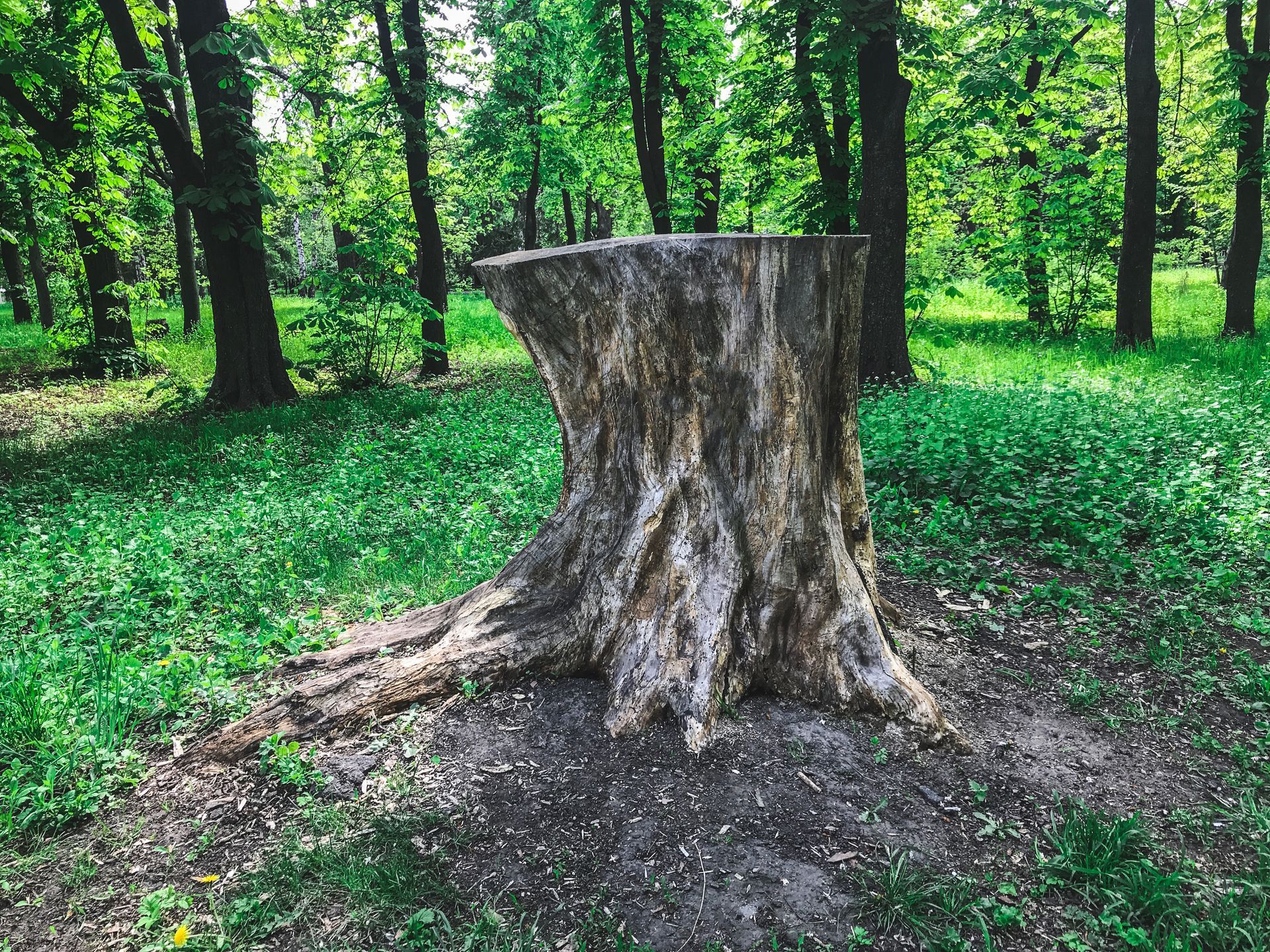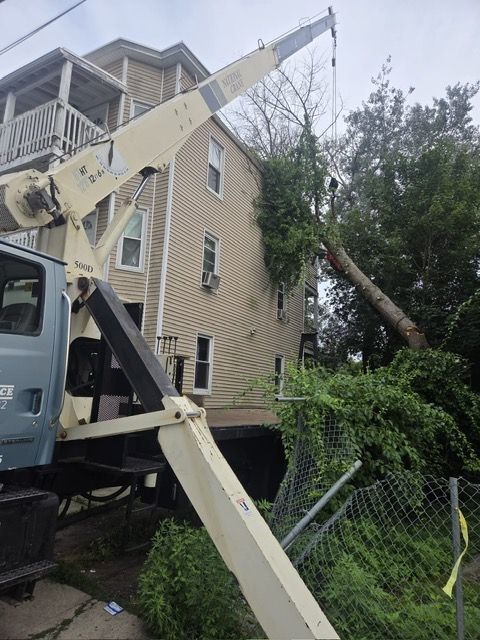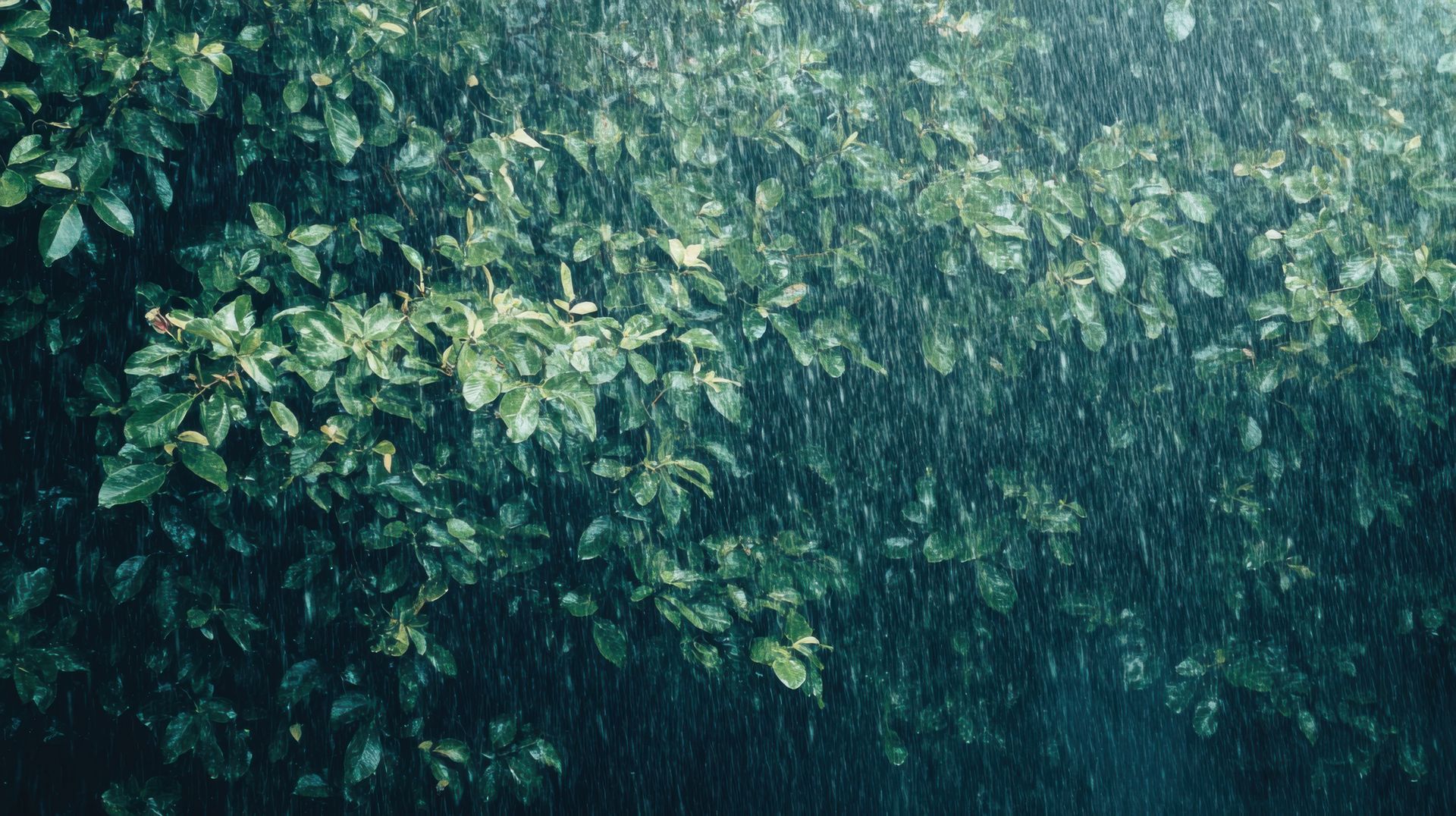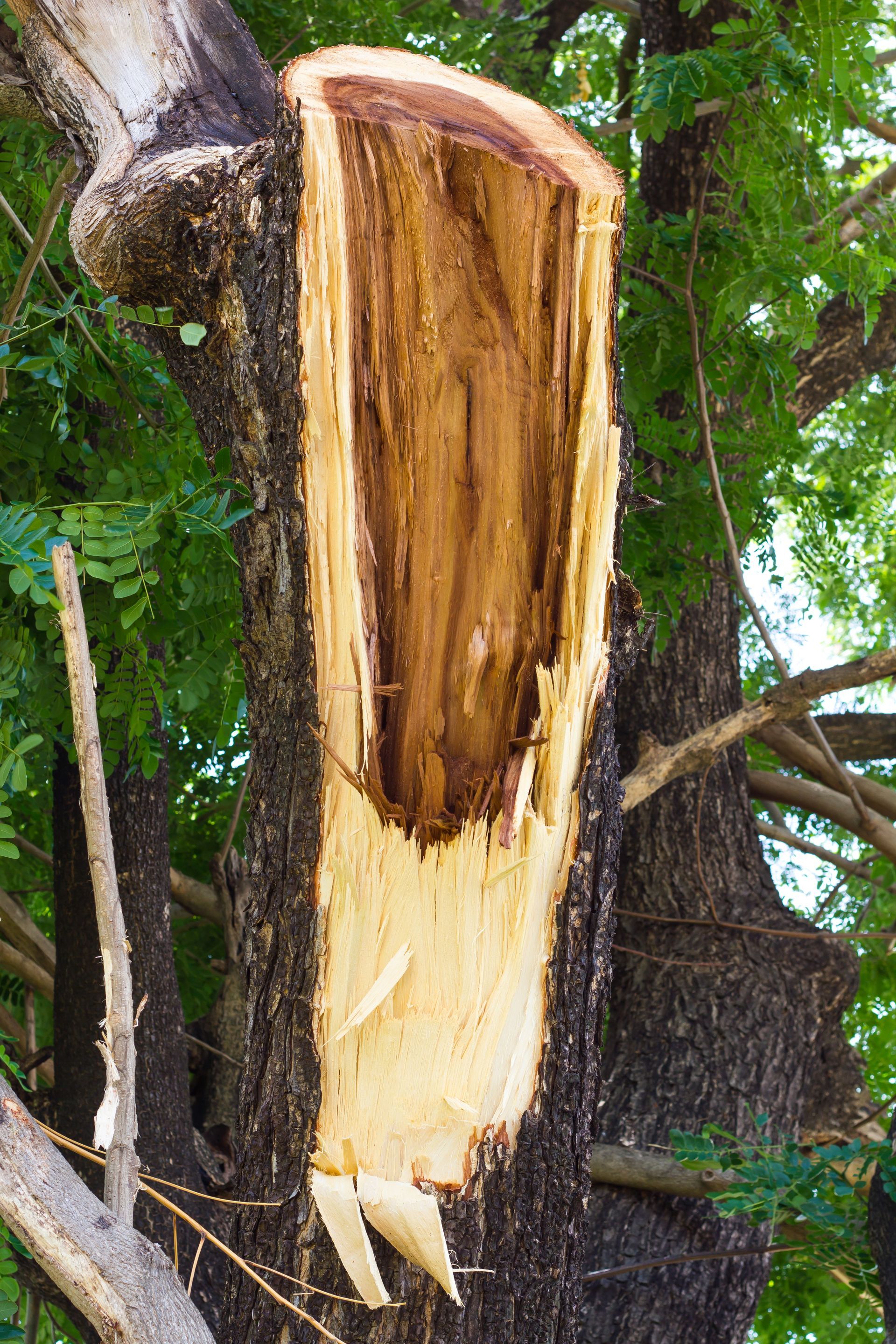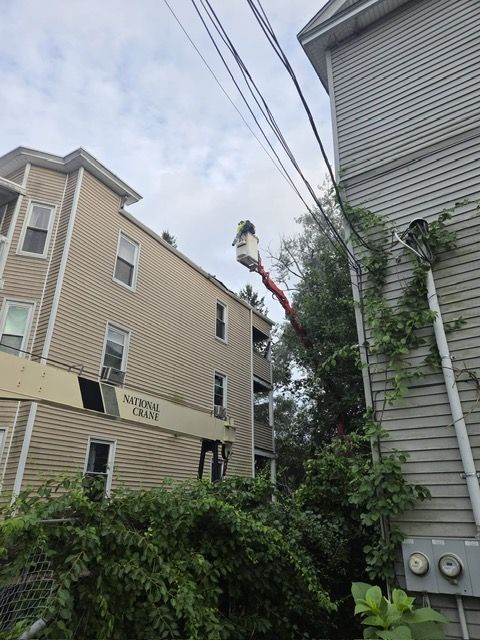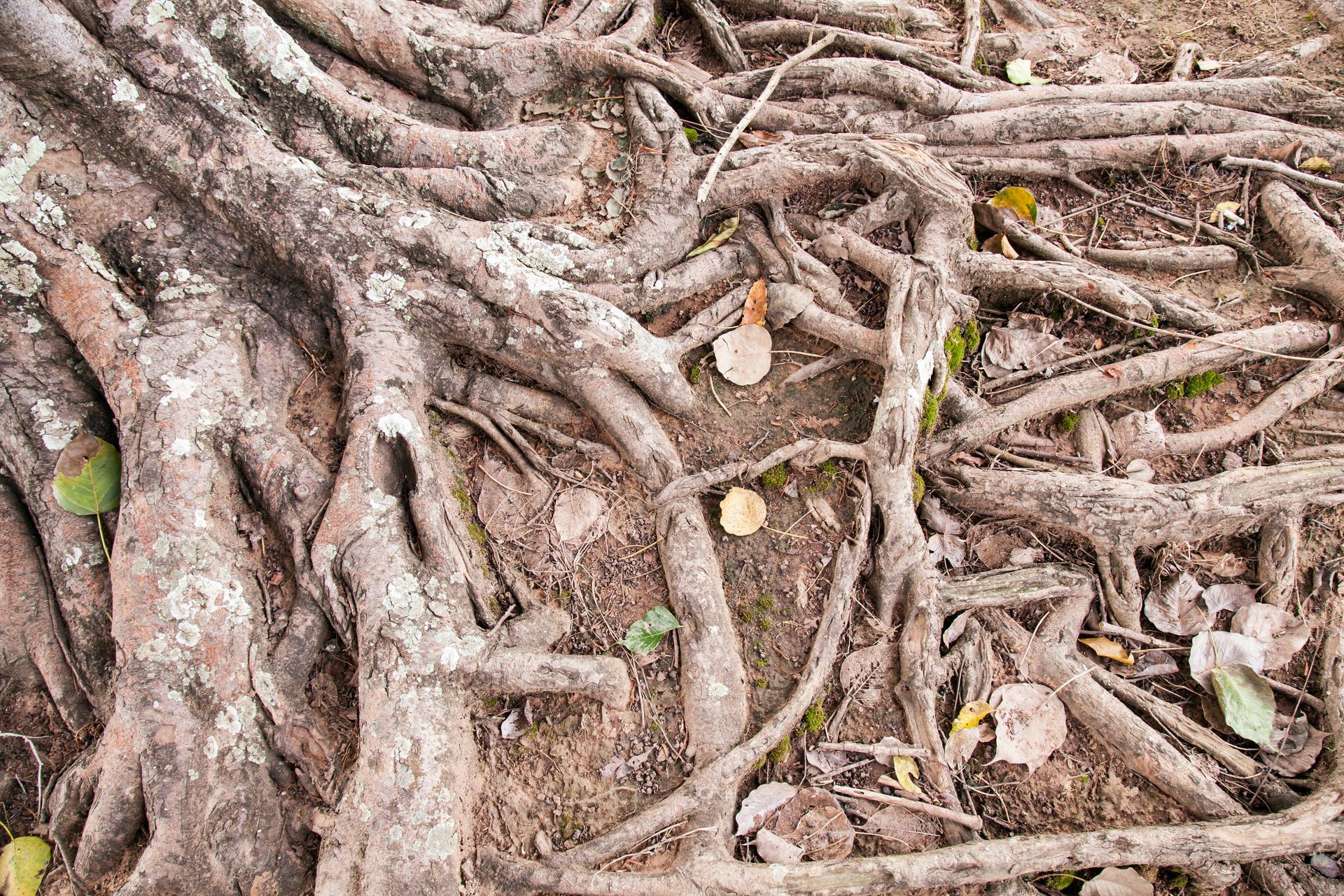Why Is My Tree Leaning? When a Leaning Tree Becomes Dangerous in Bloomfield CT
Why Is My Tree Leaning? When a Leaning Tree Becomes Dangerous in Bloomfield, CT
A tree leaning suddenly, leaning because of root damage, or leaning more than 15° is usually dangerous and should be inspected by a certified arborist immediately. A tree that has leaned slowly over years is often safe—but only if the roots are stable, the soil isn’t shifting, and there are no cracks, heaving soil, or signs of decay.
If you’re in Bloomfield, CT and see a new lean, cracking soil, or exposed roots, call Boa Bloomfield Tree Service right away. Leaning trees are one of the top causes of storm damage and emergency removals in Hartford County.
Why Trees Lean in the First Place
A leaning tree isn’t automatically a hazard. The key is understanding why it’s leaning.
1. Natural Growth Toward Sunlight (Phototropism)
Trees often lean slowly over time as they reach for more light—especially in shaded Bloomfield neighborhoods where homes are close together.
This type of lean is usually not dangerous if the trunk and roots are healthy.
2. Storm Damage (Very Common in CT)
Strong winds from nor’easters, thunderstorms, and heavy snow in Hartford County can push trees off-center.
If the lean appeared suddenly, the tree is unsafe until inspected.
3. Root Problems (The Most Dangerous Cause)
A tree leaning due to root issues is the #1 cause of tree failures.
Warning signs of root failure:
- Soil mounding or heaving on one side
- Exposed roots
- Fungal growth near the base
- Soft, spongy soil
- The tree moves when pushed
Bloomfield’s wet springs and clay-heavy soil make root instability more common than homeowners realize.
4. Soil Erosion
Drainage issues, driveway runoff, or nearby construction can erode the soil anchoring the tree. Once the soil shifts, the tree follows.
5. Trunk or Base Decay
If the trunk has cavities, cracks, or rot, it can’t support weight—leading to a lean that gets worse over time.
How to Tell When a Leaning Tree Is Dangerous
Use this checklist:
✔ Sudden lean
A tree that starts leaning after a storm is high-risk.
✔ Leaning more than 15 degrees
Professionals consider this an unsafe angle for most species.
✔ Cracking soil or lifted roots
This means the structural roots have failed.
✔ Cracks in the trunk
Deep splits indicate internal instability.
✔ Hollow or rotting base
Decay weakens the tree’s foundation.
✔ Branch dieback or thinning canopy
A sick tree struggles to hold itself upright.
✔ The tree leans over a target
“Targets” include:
- homes
- driveways
- sidewalks
- parked cars
- power lines
- play areas
If a leaning tree threatens anything valuable, it needs immediate evaluation.
Why Leaning Trees Are More Dangerous in Bloomfield, CT
Bloomfield has a higher risk of tree failure because:
- Heavy snow loads weigh down weak or leaning trees
- Nor’easters and windy fall storms push trees already off-balance
- Older neighborhoods have mature oaks, maples, and pines—species prone to leaning when roots weaken
- Many properties have clay or wet soil that shifts easily
- The town’s dense neighborhoods mean a falling tree has a high chance of hitting a home or power line
This makes leaning trees a major liability if not addressed quickly.
Can a Leaning Tree Be Saved?
Yes—sometimes.
A leaning tree MAY be saved if:
- The lean developed slowly over years
- Roots are still firmly anchored
- There’s no trunk decay
- The tree is young enough to be staked or cabling-support can be installed
A leaning tree CANNOT be saved if:
- The roots have lifted
- It leaned suddenly
- The trunk is cracked or splitting
- There’s significant rot
- It's threatening a home, sidewalk, or power line
If the tree cannot be stabilized, removal is the safest option.
What to Do If Your Tree Is Leaning
1. Don’t try to straighten it.
This can cause further root damage.
2. Don’t ignore cracking soil or a new lean.
Most tree failures happen after warning signs showed up weeks earlier.
3. Get a professional evaluation.
Our arborist at Boa Bloomfield Tree Service will:
- Assess the lean angle
- Inspect root stability
- Look for decay
- Evaluate soil conditions
- Determine if saving the tree is possible
4. Decide between support or removal.
We’ll let you know whether:
- Cabling
- Bracing
- Guying
- Soil remediation
- Or full removal
is the safest and most cost-effective option.
When to Call Boa Bloomfield Tree Service Immediately
Contact us right away if your tree is:
- Leaning after a storm
- Leaning toward your house
- Close to sidewalks or public roads
- Showing soil heaving or exposed roots
- Near power lines
- Overhanging a neighbor’s property
Waiting can turn a manageable situation into an expensive emergency.
Protect Your Property From Leaning Tree Hazards
A leaning tree is one of the most common warning signs before tree failure—and one of the easiest problems to miss. If you’ve noticed your tree’s angle changing, trust Boa Bloomfield Tree Service for a fast, professional assessment.
We serve Bloomfield CT and all surrounding towns with:
- Tree inspections
- Tree removal
- Storm damage response
- Pruning & structural support
- Emergency tree service



